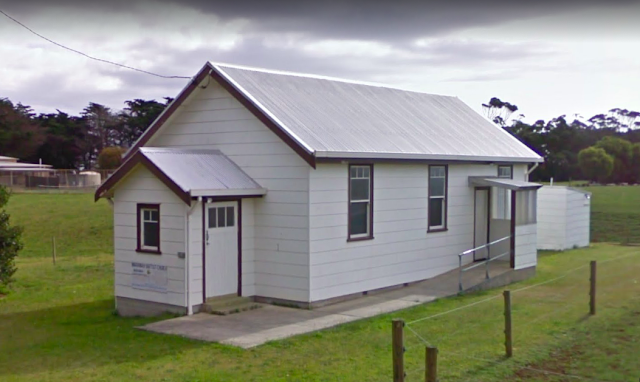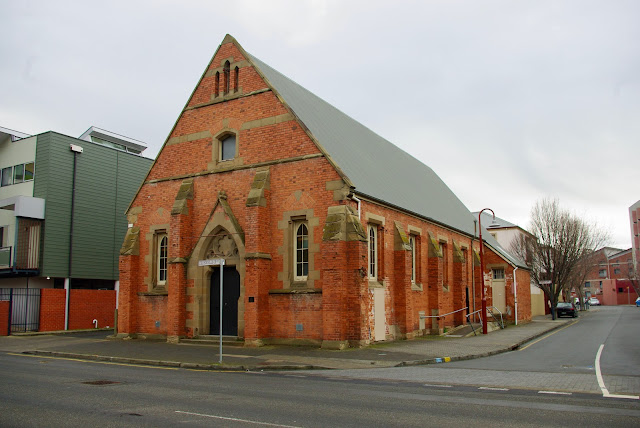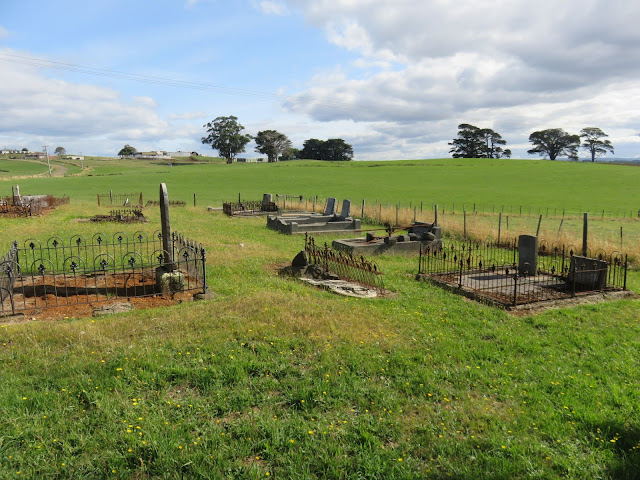No. 1044 - Hobart - Wesley Hall (1826)

Wesley Hall, which is located on Melville Street, was constructed as a chapel in 1826. This makes the building the second oldest Methodist Church in Australia and the oldest surviving Methodist place of worship. In 1840 the chapel was replaced by a new church built alongside Wesley Hall. A public notice published in the Colonial Times and Tasmanian Advertiser provides a few details concerning the chapel’s opening on Sunday 19th February 1826: “The Melville-street Chapel, being now completed, Public Worship will henceforth be performed in it on Sabbath-Days, at Eleven o'Clock, in the Morning, and at Six in the Evening; and also every Wednesday Evening at Seven o’Clock. On the occasion of its Completion, two Sermons will be preached next Sunday, at the usual Hours of Worship, by the Reverend B. Carvosso; when Collections will be made to assist in defraying the heavy expenses incurred in the erection of this Public Building. As there is a very considerable Debt on it, borne gratuitou...









